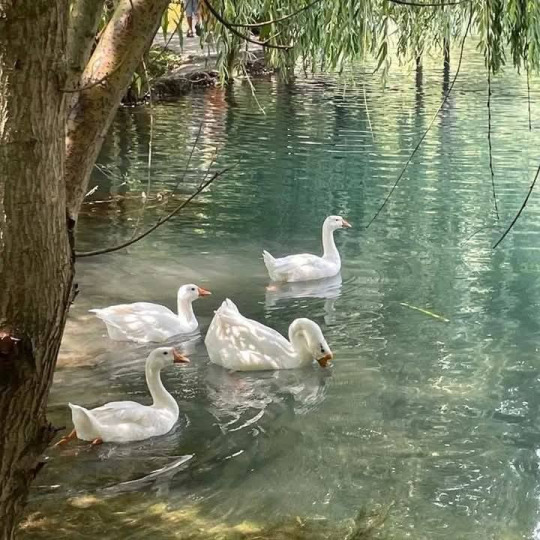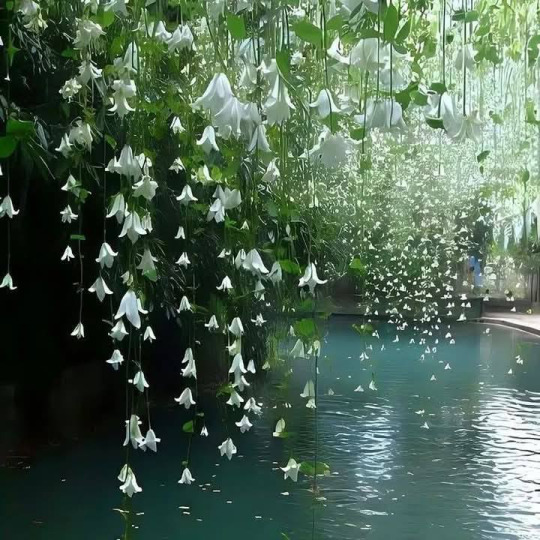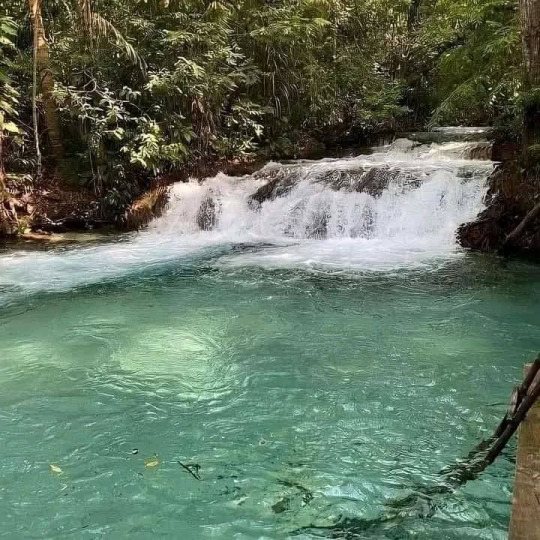Text

Herceg Novi
0 notes
Text

Belgrade, Serbia - Palace of Science, former Headquarters of Adriatic-Danube bank
6 notes
·
View notes
Text



She Butterfly (Leptirica)
Director: Djordje Kadijevic
Writers: Milovan Glisic, Djordje Kadijevic
The She-Butterfly is a 1973 Yugoslav made-for-TV folk horror film directed by Djordje Kadijevic. The film is considered a trailblazer in the genre for Serbian and Yugoslav cinema, earning praise from both critics and audiences as one of the region's best horror films. It's also been cited as an influence on Robert Eggers’ Nosferatu (2024).
25 notes
·
View notes
Text

Ratni Drugovi, Stanislav Vinaver
#
4 notes
·
View notes
Text





Blood Soaked Gold (Krvavo zlato) by Đorđe Andrejević Kun is a striking confrontation between art and the brutal realities of industrial labor.
In a series of 28 woodcuts, Kun depicts the harsh existence of miners in Bor, Serbia, captured in a moment of forced industrial transition. The once fertile land, now poisoned by factory waste, drives peasants into the mines, where survival becomes synonymous with exploitation. Through his visceral, realist portrayal, Kun illuminates the grim, unforgiving landscape of modernity—an era where human labor is reduced to mere machinery in a system that consumes both the environment and the individual.
Kun's work is echoing the pain of a community thrust into a new, destructive way of life. The woodcuts are a mournful chronicle, a "novel in pictures" that serves as a witness to the process of modernization—a process that claims human dignity in the name of progress.
It is a work that demands we confront the costs of progress, not only to the land but to the human soul itself.
4 notes
·
View notes
Text

Tito's Blue Train (Serbian: Плави воз, romanized: Plavi voz; Croatian: Plavi vlak; Slovene: Modri vlak; Macedonian: Синиот воз, romanized: Siniot voz) is the popular name of the former state luxury train of Yugoslav Marshal Josip Broz Tito, president of the former Yugoslavia.
More than 60 statesmen and world leaders traveled on the blue train during its service.
Some of the surviving rolling stock is now operated as a tourist attraction on the 476-kilometre (296 mi) Belgrade–Bar railway, between Belgrade, capital of Serbia, and Bar, a coastal town in Montenegro.
9 notes
·
View notes












